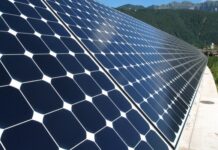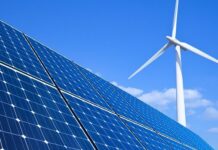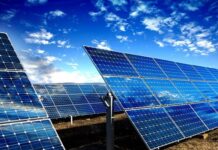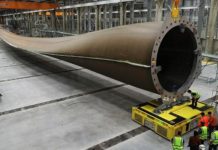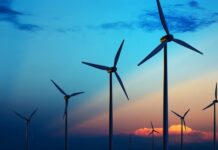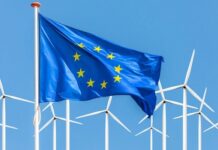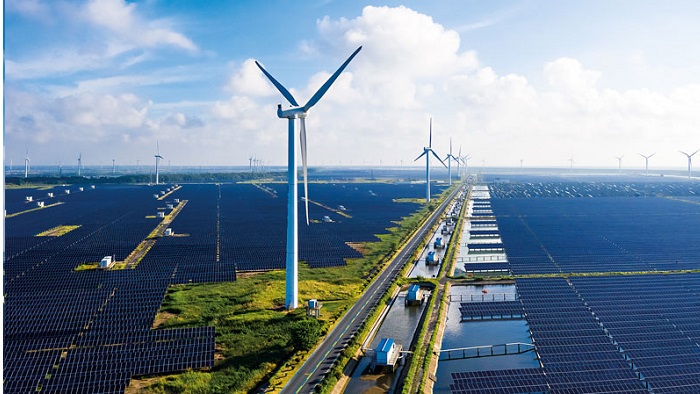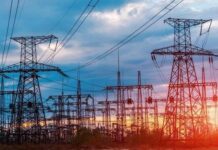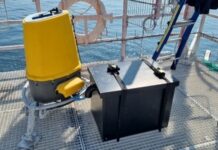Clean energy and climate enthusiasts have almost accused Japan of Southeast Asian greenwashed energy imperialism. They claim that the government is encouraging low- or zero-carbon technology that extends fossil fuels in the area to benefit Japanese economic interests.
According to the government, the Asia Zero Emission Community (AZEC) is a Japan-led “platform to promote decarbonization in Asia” via which Prime Minister Fumio Kishida is aiming to solidify his energy diplomacy in Asia.
Kishida launched an Asia Zero Emission Center in Jakarta this month and appointed Japanese diplomat Takio Yamada as AZEC ambassador to strengthen and solidify the multinational framework.
Though I agree with the critique of AZEC, I think it misses the point. Japan shows a wider global energy transition gap. Japanese energy and industry leaders and Southeast Asian nations that joined the project share interests. Japan promotes and supplies fossil fuel-extending technology against this background.
Japan has more infrastructure projects in Southeast Asia than China, with $330 billion in 2022 compared to $100 billion.
Since the 1960s, Japan has been a major investor in the region, with its government institutions providing below-market insurance and loans and its businesses exporting goods, building infrastructure, investing in plants, and developing local human resources.
Japan’s regional infrastructure funding has turned to energy projects to match the worldwide transition to greener energy. This trend is most evident at AZEC, a multilateral forum of 11 countries where Japan and member countries coordinate policies, promote Japanese technology and know-how, broker transactions, and pat themselves on the head.
Kishida proposed AZEC in January 2022, Japan and Indonesia collaborated, and they launched the program with all members in December 2018.
The AZEC fulfills various strategic goals for Japan. It’s a great way for its enterprises to grow exports given a decreasing home market. Japan’s Free and Open Indo-Pacific policy, updated under Kishida, strives to preserve a rules-based regional order in security, economic connections, and now energy. AZEC is a fundamental pillar of this plan.
Japan’s energy diplomacy also counters China’s regional influence.
This month’s AZEC summit in Jakarta will institutionalize the framework, making it simpler for member nations to coordinate energy policy for Japan to disperse its promised energy transition funds. Kishida may also want to cement his legacy in Southeast Asia because he won’t participate in his party’s presidential race and a new American president might change Asian geopolitics.
Japan sells fossil fuel-prolonging technology, as claimed. The government says that than 350 AZEC projects are underway, including LNG, co-firing ammonia in coal power plants, fossil-based hydrogen, and CCS, which may not work at scale.
These projects are emerging as renewable energy, particularly solar, is cheaper than fossil fuels in many areas, including Asia-Pacific.
Japan’s approach fits the government’s “one goal, various pathways” to zero emissions. This isn’t gunboat diplomacy. Customers accept Japanese funding, exports, and expertise. Vietnam became AZEC’s first recipient after Japanese government agencies agreed to provide $8 billion for renewables, energy efficiency, hydrogen, ammonia, and CCS projects. That’s about 10% of Vietnam’s expected public expenditure this year.
Indonesia, AZEC’s founder country, has welcomed Japanese aid. Jakarta won Tokyo’s approval for 24 energy projects during AZEC’s inaugural meeting last December. According to Indonesian Foreign Minister Retno Marsudi, these accords “accommodated the country’s steadfast push for the recognition of varied applicable ways and technology toward energy transition.”
The minister and Japanese government’s allusions to “varied” or “various” routes reflect a global energy transition divide. Europe’s industrialized economies and the (Biden-era) US have tried to increase global climate and renewable energy goals.
Emerging countries perceive renewables as a good concept but lack money and need a large infrastructure revamp, while hydrocarbon exporters want to maintain their primary industry.
These parties believe moving from coal to gas, absorbing carbon, and blending with hydrogen is a more practical way to reduce fossil fuel emissions. “We should abandon the fantasy of phasing out oil and gas, and instead invest in them adequately,” Saudi Aramco’s CEO said earlier this year.
This thinking is supported by conditions that make phasing out fossil fuels and funding large-scale renewable energy projects difficult in Southeast Asia. In 2021, the Association of Southeast Asian Nations predicted that decarbonization objectives will need $367 billion in energy investments over five years. Just $1.6 billion in climate-oriented blended finance (public and private investments) has been invested in the area, according to an ASEAN brief.
Southeast Asian governments, state-owned utilities, and energy businesses appreciate Japanese investment and Tokyo’s narrative, which allows the region to preserve its fossil fuel facilities while professing to limit emissions.
An initial “various pathways” approach may appear logical. Japanese corporations and government organizations use the notion to minimize the region’s huge renewable energy generating and storage potential.
Arguments that Asia’s geography severely limits its solar and wind potential and that the region is too dependent on coal, which emits half the amount of carbon dioxide when burned compared to gas, are used to encourage new gas infrastructure investments.
AZEC members seem to have accepted these statements, indicating Japan’s merchant and patron goals.
This convergence worries people suffering from the climate catastrophe. Only 25% of Southeast Asia’s power was renewable in 2021, despite its vulnerability to climate change. Although large-scale renewable projects grew by 20% between last year and this year, the Asian Development Bank says that to reach net zero, three-quarters of the region’s energy needs must be met by wind and solar energy and coal-fired electricity must be phased out as soon as possible.
International financial flows led by multilateral development banks should make investing in large-scale renewable energy projects simpler than financing fossil fuel infrastructure. AZEC hinders this process. Southeast Asian nations also have much to accomplish. The UK-based energy think tank Ember advises the region’s five main nations to increase their clean energy ambitions, adjust electrical system capacity to accommodate renewables, and integrate cross-border power.
Japan is dearer. The store must sell decarbonization goods. Japanese domestic policies and innovations are crucial for this. Japan’s plans to lead the world in next-generation renewables like perovskite solar cells and floating offshore wind are better for addressing climate change than CCS, LNG, and ammonia co-firing.
How aggressive Japan is in the battle will depend on its energy strategy and revised climate objectives by the end of the fiscal year.



